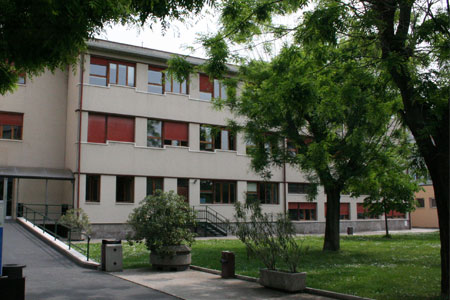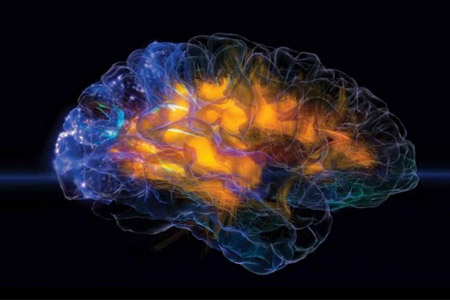Pancreatic adenocarcinoma is one of the most aggressive human cancers. Gold standard treatment for this cancer is gemcitabine (GEM), a nucleoside analogue of
cytidine, which has a response rate of less than 20%, although it does provide an improvement in the quality of life. Several mechanisms of resistance to GEM have
been described including the presence of a high rate of mutations in the p53 gene.
We have recently demonstrated that GEM sensitivity of ten pancreatic adenocarcinoma cell lines is strictly correlated with the basal level of reactive oxygen species
(ROS) and that GEM treatment is able to approximately double the basal level of ROS. Moreover, we showed that depletion of ROS by N-acetyl-L-cisteine (NAC)
significantly decreases the percentage of cell growth inhibition by GEM, indicating that ROS production could be a novel mechanism of GEM action and that other
sites of resistance to GEM could be find along the pathways regulating the oxidative stress.
The project strategy of our Unit is based on the use of ROS-generating compounds and/or antioxidant enzyme inhibitors to trigger apoptosis in pancreatic
adenocarcinoma cells. As cancer cells are generally under high oxidative stress, it is reasonable to speculate that, compared to the normal ones, they are more
dependent on antioxidant enzymes and on other antioxidant defence systems. It follows that inhibition of antioxidant enzymes or exposure to further exogenous ROS
insults should cause higher ROS-mediated damage and higher antiproliferative effect in cancer cells than in normal cells. Our preliminary data have shown, indeed,
that normal fibroblasts are much less sensitive to the oxidative stress induced by GEM or by oxidant compounds, such as diethylmaleate, than pancreatic
adenocarcinoma cells lines.
Both GEM and cannabinoids, which are known to induce oxidative stress and are currently being tested for their anti-tumoral activity, will be used to generate ROS
insults in low and high GEM responsive pancreatic adenocarcinoma cell lines. To assess the molecular mechanisms involved in the intracellular oxidative stress
induction, the activities of the most important redox enzymes, i.e. catalase, superoxide dismutase, GSSG reductase, and GSH peroxidase, and of xanthine oxidase,
which is known to degrade purine and to produce H2O2 and O2-, will be analysed. The possibility that GEM may affect mitochondria gene expression determining
respiratory chain malfunction and a consequent ROS production will also be tested. In parallel, in vitro experiments of combination index will be performed to
establish whether GEM and cannabinoids can synergistically inhibit cell growth. Drug combination studies will also be performed in vivo in nude mice xenografted
with human pancreatic adenocarcinoma cells.
To identify novel ROS-associated biomarkers involved in cellular GEM response, we will analyse whether the basal oxidative stress and the sensitivity of each
pancreatic adenocarcinoma cell line to GEM significantly correlates with the expression levels or activities of proteins/enzymes having a key role in ROS regulation.
Potential biomarkers are both antioxidant enzymes, such as SODs (Cu/Zn SOD and MnSOD), catalase, and enzymes of the glutathione system, and oxidant enzymes,
such as xanthine oxidase and NAD(P)H oxidase. Proteins involved in the transport of nucleosides into mitochondria will also be tested as potential biomarkers. The
expression levels of the identified ROS-associated biomarkers involved in cellular GEM response will be analysed in pancreatic tissue samples by western blot and
immunohistochemical assays. To identify other potential target genes involved in cell growth inhibition, global changes in proteomic profiles of pancreatic
adenocarcinoma cells after treatment with GEM and/or cannabinoids will also be analyzed.
Finally, the anti-tumoural properties of GEM and/or cannabinoid treatments on cell lines from a wide panel of tumour types will be tested by combination index
studies in order to evaluate whether this anti-cancer strategy could be extended to tumours other than pancreatic adenocarcinoma.







